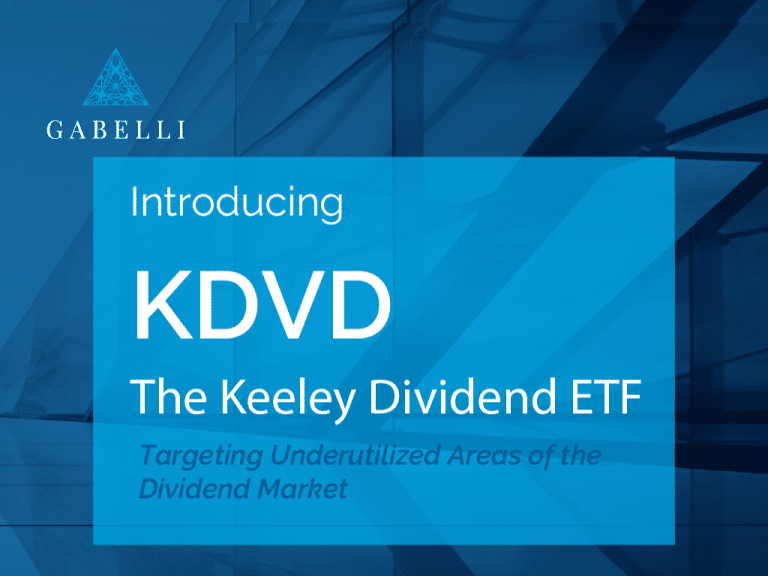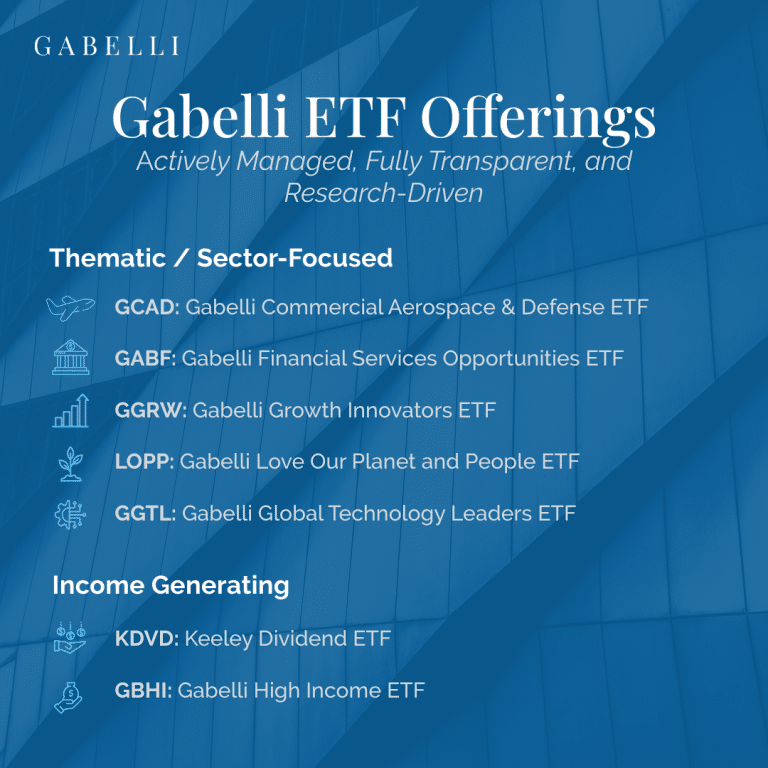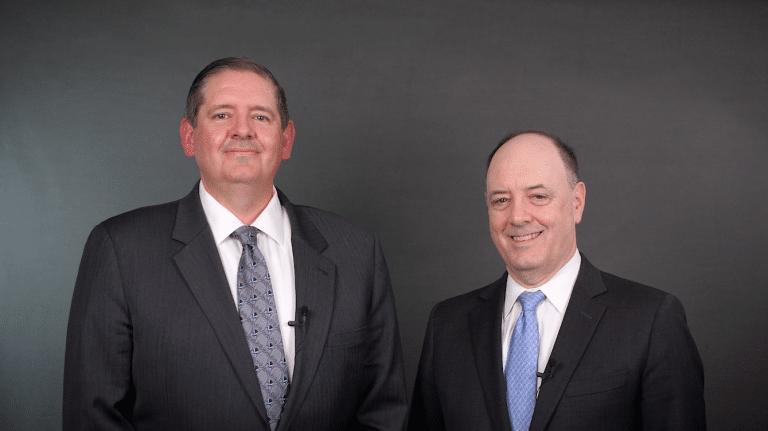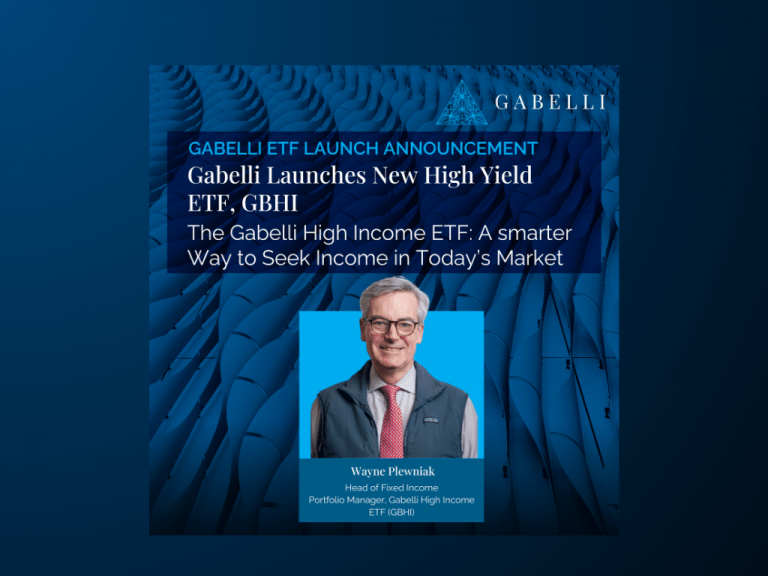Overview
The anti-aging market, which includes skincare, cosmetics, wellness, and biotech, is experiencing robust and accelerating growth, driven by an aging population, scientific advancements, and consumer preferences directed toward health and wellness. Over the past 20 years, consumers have spent more on health and aesthetics. The anti-aging market is already large and shows signs for ongoing growth, with strong roots indicating resilience against broader economic trends and steady innovation. Aging populations in North America, Europe, and Asia drive growth. In addition, younger consumers interested in “preventative aging” and older consumers tapping into “biohacking” and aging reversal are both expanding the addressable market. Innovation in non-invasive treatments, AI-driven care, and biological cosmetics fuel demand.
This sector offers a dynamic mix of short-term revenue plays and long-horizon moonshots. Public companies are increasingly occupying the longevity realm that combines science and consumer demand, making this space highly relevant for investors across biotech, consumer wellness, and digital health. Strategic investment in key players and emerging technologies will likely yield strong returns as the world increasingly prioritizes health span alongside lifespan. Leading investment segments are: longevity biotech, aesthetics, supplements, and AI. This white paper will address each of these segments and their relevance to the investment outlook, as well as technology spotlights.
Anti-Aging Market: Why now?
The global anti-aging market, valued at approximately $85 billion in 2025, is expected to surpass $120 billion by 20301, growing at a CAGR of 7% from 2025-2030. North America accounts for approximately 30% of the market, while robust growth also comes from Asia, where beauty-conscious consumers and aging population along with affordable products drive demand.
We are verging on a longevity revolution. With life expectancy continuing to increase, so is the burden of age-related disease and the opportunities for prevention. Healthcare priorities are shifting toward solutions that preserve function, appearance, and quality of life. Younger populations are focused on preventative care in ways not done by prior generations, particularly in skincare, supplements, and genetic testing. All anti-aging opportunities are fueled by advances in AI, biotechnology, cellular biology, leading to growth in the anti-aging market that is both scientifically viabl, and commercially attractive.
Global aging trends continue, with the number of individuals aged 80 and older expected to triple by 2050. Aging demographics are particularly notable in Japan, Europe, and the United States, where healthcare goals are shifting from reactive care to proactive and preventative care, particularly related to age-related changes and decline.
A key distinction is being drawn in the public sphere recently between lifespan (number of years alive) to “healthspan” (number of years spent in good health). Humans typically spend their final decade in declining health, and this fuels demand for interventions that extend the number of healthy years. Today’s consumers are focused on preserving and/or improving vitality, cognition, appearance, and mobility. There’s also a rising focus on optimization of brain and body that seeks to redefine aging and wellness.
1https://www.mordorintelligence.com/industry-reports/anti-aging-market
Thematic Opportunities
The anti-aging sector presents a range of new investment themes. Leading the way is the burgeoning field of cellular repair and senolytics. Senolytics target senescent cells, which are inactive “zombie” cells that refuse to die and instead cause inflammation, leading to age-related diseases. Therapeutic options that address the root cause of aging at the cellular level have enormous potential, particularly in the long term given many of these solutions are early stage. More mature opportunities exist in the injectables and non-surgical aesthetic procedure space, with high margin, consumer-driven business models and strong brand loyalty. Products like Botox, fillers, microneedling, and lasers offer recurring revenue streams. Digital longevity platforms that include both telehealth as well as wearables or biometric tracking, are scaling rapidly and have enormous application in the preventative medicine space. Finally, nutricosmetics that bridge wellness and beauty are capitalizing on the recent shift toward health from the inside out.
We identify four major thematic growth areas:
- Longevity biotech: Biotech innovations in senescence, cellular repair, and regenerative medicine.
- Aesthetics: Rapid consumer adoption of Botox alternatives, skin improvement, and contouring solutions, including topicals, injectables, and devices.
- Supplements: Rising interest in collagen, NAD+ boosters, adaptogens, nutraceuticals, and anti-inflammatory compounds.
- AI: Personalized data-driven solutions and diagnostics powered by AI and biomarker tracking.
Notable public companies
Longevity Biotech
- Unity Biotechnology (NASDAQ: UBX) specializes in senolytic therapies that limit aging cells and offer clinical programs targeting osteoarthritis and age-related eye diseases.
- Calithera Biosciences (OTCMKTS: CALA) focus on tumor metabolism and metabolic reprogramming with aging implications. They have the potential to expand in cellular aging and immune modulation spaces.
- AgeX Therapeutics (NYSE: AGE) pioneer induced tissue regeneration and cellular reprogramming with technologies in the pipeline aimed at reversing cellular age.
- Niagen Bioscience (NASDAQ: NAGE) specializes in NAD+ restoration, which targets cellular aging and metabolic health for longevity, through its proprietary nicotinamide riboside (NR) ingredient, marketed as Tru Niagen®.
- Lineage Cell Therapeutics (NYSE: LCTX) focuses on retinal tissue regeneration, spinal cord repair, and cellular rejuvenation using stem cell-derived therapies.
Aesthetics
- Crown Laboratories (NYSE: CCK) acquired Revance Therapeutics, which developed Daxxify, a long-acting botulinum toxin product and other dermal fillers. They also own StriVectin brand of anti-aging skincare.
- InMode Ltd (NASDAQ: INMD) offers non-invasive radiofrequency (RF)-based aesthetic devices. They focus on skin rejuvenation, body contouring, and facial remodeling without surgery with products including BodyTite, FaceTite, Morpheus8 (microneedling), and Evoke.
- AbbVie Inc (NYSE: ABBV) is owner of Botox® and Juvederm® (dermal fillers) as well as the leading medical-grade skincare line, SkinMedica®. AbbVie’s Allergan division offers light-based devices for anti-aging.
- Galderma Group AG (SIX: GALD) is global leader in aesthetics, offering a comprehensive anti-aging portfolio that includes injectable treatments like Dysport®, Restylane®, and Sculptra®, along with advanced skincare lines such as Cetaphil® and Alastin®.
Supplements
- Nestlé Health Science (Nestle SA, OTCMKTS: NSRGY) has collagen supplement Vital Proteins and personalized nutrition from Persona.
- Herbalife (NYSE: HLF) offers collagen and skin supplements with a strong global distribution.
- Hims & Hers Health, Inc. (NYSE: HIMS) is a fast-growing direct-to-consumer (DTC) telehealth company addressing skincare and anti-aging prescriptions.
- CV Sciences, Inc. (OTCQB: CVSI) offers neutraceuticals and anti-aging supplements as well as CBD wellness products that target inflammation and immune modulation. They also direct products like CBG and CBD blends toward neuroprotection, as well as adaptogens for cellular health.
AI
- 23andMe (OTCMKTS: MEHCQ) offers genetic insights related to longevity and disease risk, including predisposition to age-related diseases like Alzheimer’s and Parkinson’s, as well as wellness traits related to sleep and muscle composition. Pilot-level initiatives are directed at “DNA Age” assessments of DNA methylation.
- Teladoc Health (NYSE: TDOC) is a telemedicine and virtual health company with focus on preventative, personalized care and chronic condition management with biomarker-driven longevity platforms.
- Palantir Technologies Inc (NYSE: PLTR) provides AI-driven data platforms used by health and biotech companies including Sanofi, Merck, and Cleveland Clinic.
- LifeMD, Inc. (NASDAQ: LFMD) is a telehealth platform with personalized health programs including diagnostics and weight loss, as well as longevity programs related to aging hormones and metabolic wellness.
Technology Spotlights
- NAD+ (Nicotinamide Adenine Dinucleotide): NAD⁺ is a molecule called a coenzyme that is involved in cellular energy production, DNA repair, and metabolic regulation. These processes decline with age and lower NAD+ levels. Increasing consumers’ NAD⁺ levels via precursors like nicotinamide riboside (NR) or nicotinamide mononucleotide (NMN) has become a hot topic longevity science. Companies pursuing this occupy both the supplements and pharmaceutical realms and include companies such as Niagen Bioscience (NASDAQ: NAGE) and Elysium Health are developing clinically validated NAD⁺ products aimed at improving mitochondrial health and extending healthspan. Demand is rising rapidly in the NAD+ market, fueled by consumer demand and clinical data.
- Anti-Aging Lasers: Laser technologies are a well-established field in the anti-aging and aesthetics space, with less invasive options for skin improvement including: resurfacing, pigmentation correction, vascular lesions, and wrinkle reduction. Although well-established, this area is poised for expansion beyond face to other parts of the body and for use in conjunction with other personalized medicine regimens. Technologies like fractional lasers, CO2 resurfacing, picosecond lasers, and laser-assisted drug delivery are evolving at a moderate rate. Clinics offering aesthetic laser systems are expanding to emerging markets like Latin America and Southeast Asia. Many companies benefit from recurring revenue due to business arrangements that involve ongoing add-on purchases, maintenance, and pay-per-procedure structures. Development of at-home laser treatments is an area to watch. If consumers continue to seek long-term anti-aging procedures, laser will continue to grow.
- Red Light Therapy: also known as Low-Level Light Therapy (LLLT), red light therapy uses specific wavelengths of red and near-infrared light to stimulate cellular energy, reduce inflammation, and promote tissue repair. LLLT improves skin appearance, muscle recovery, hair regrowth, and even cognitive performance. The market is expanding through both consumer-grade at-home devices (e.g., masks, panels, helmets) and clinical systems used in dermatology and sports medicine. AbbVie (NYSE: ABBV) acquired Soliton, Inc., which develops these light-based devices, however the majority of this space is populated by private companies at present. Increasing demand and consumer adoption make it an attractive segment for M&A or future IPOs.
- Personalized Healthcare and Nutrition: Personalization is redefining consumers’ health care, and anti-aging is no different. Companies are just starting to integrate genomic data with biomarkers (e.g. DNA methylation and glucose) and lifestyle tracking. Platforms that combine information from multiple different data sources help consumers tailor and customize their nutrition, supplement, and lifestyle according to their own individual biological needs. Companies like InsideTracker and Thorne HealthTech (formerly public) have pioneered this approach. Recently, larger firms like Nestlé Health Science and Hims & Hers are incorporating personalization into their models. Opportunities abound in this sector, particularly with its scalability and the burgeoning area of tech and AI.
- Wearable Tech: Wearables began with step counters, progressed to watches, and are on the precipice of a variety of different devices from leaders including Apple (NASDAQ: AAPL), Garmin (NYSE: GRMN), Oura, and Whoop now track heart rate variability, sleep quality, temperature, and blood oxygen. Recently, continuous glucose monitors are being used for non-diabetic patients to better track how foods impact blood sugar and therefore health. Some public companies are working on non-invasive technologies that avoid the need for blood sampling, including Know Labs, Inc.’s (OTCQB: KNWN) pre-commercial technology that uses electromagnetic and radio frequency signals to detect glucose and Apple Inc.’s (NASDAQ: AAPL) R&D project for spectroscopy-based glucose monitoring. These technologies offer another revenue stream through subscriptions and software. Their mainstream infiltration has makes what once seemed obtrusive and unappealing an essential component of our daily life.
Obstacles
As with any growing field, the anti-aging market comes with barriers to growth. For new product approval, clinical trials and regulatory obstacles may delay growth. Inconsistent consumer loyalty and economic downturns may shift preferences or age groups that are most invested in this space. Many of the tech-based AI platforms, including telehealth and DTC companies, face regulatory and privacy headwinds. Personalized and wearable tech companies will also face obstacles related to credibility and accuracy, in addition to security.
Conclusion
Longevity and anti-aging are experiencing rapid growth from the aging population, technological innovation, accessibility, and consumer preferences. From light therapy to genetic testing to AI-driven personalization, this market covers blossoming biotech areas like NAD+ and mature but evolving areas like laser treatments. Public companies are driving shifts in our understanding of aging and how we can modify age-related change.
Rebecca Stern
(914) 921-7717
rstern@gabelli.com
©Gabelli Funds 2025
ONE CORPORATE CENTER RYE, NY 10580 Gabelli Funds TEL (914) 921-5100
This whitepaper was prepared by Rebecca Stern, PhD. The examples cited herein are based on public information and we make no representations regarding their accuracy or usefulness as precedent. The Research Analyst’s views are subject to change at any time based on market and other conditions. The information in this report represents the opinions of the individual Research Analyst as of the date hereof and is not intended to be a forecast of future events, a guarantee of future results, or investment advice. The views expressed may differ from other Research Analysts or the Firm as a whole.
As of March 31, 2025 , affiliates of GAMCO Investors, Inc. beneficially owned less than 1% of all companies mentioned.
This whitepaper is not an offer to sell any security nor is it a solicitation of an offer to buy any security.
Investors should consider the investment objectives, risks, sales charges and expense of the fund carefully before investing.
For more information, visit our website at: www.gabelli.com or call: 800-GABELLI – 800-422-3554 14-921-5000
Cover image attributions: “Old Used Tires” by Alex Borland. CC0 Public Domain.







